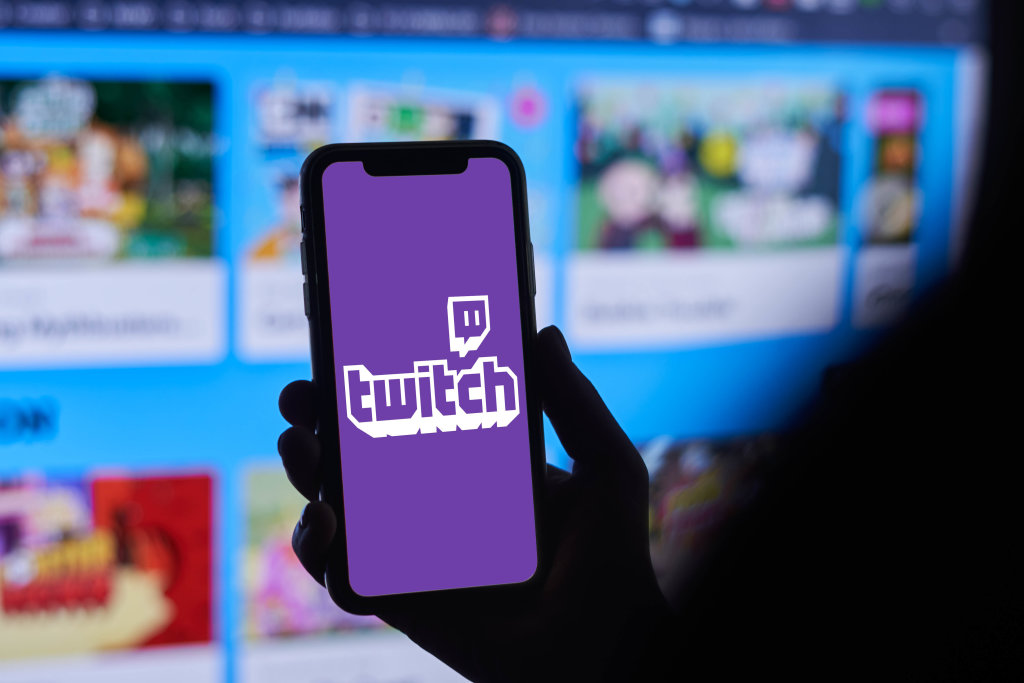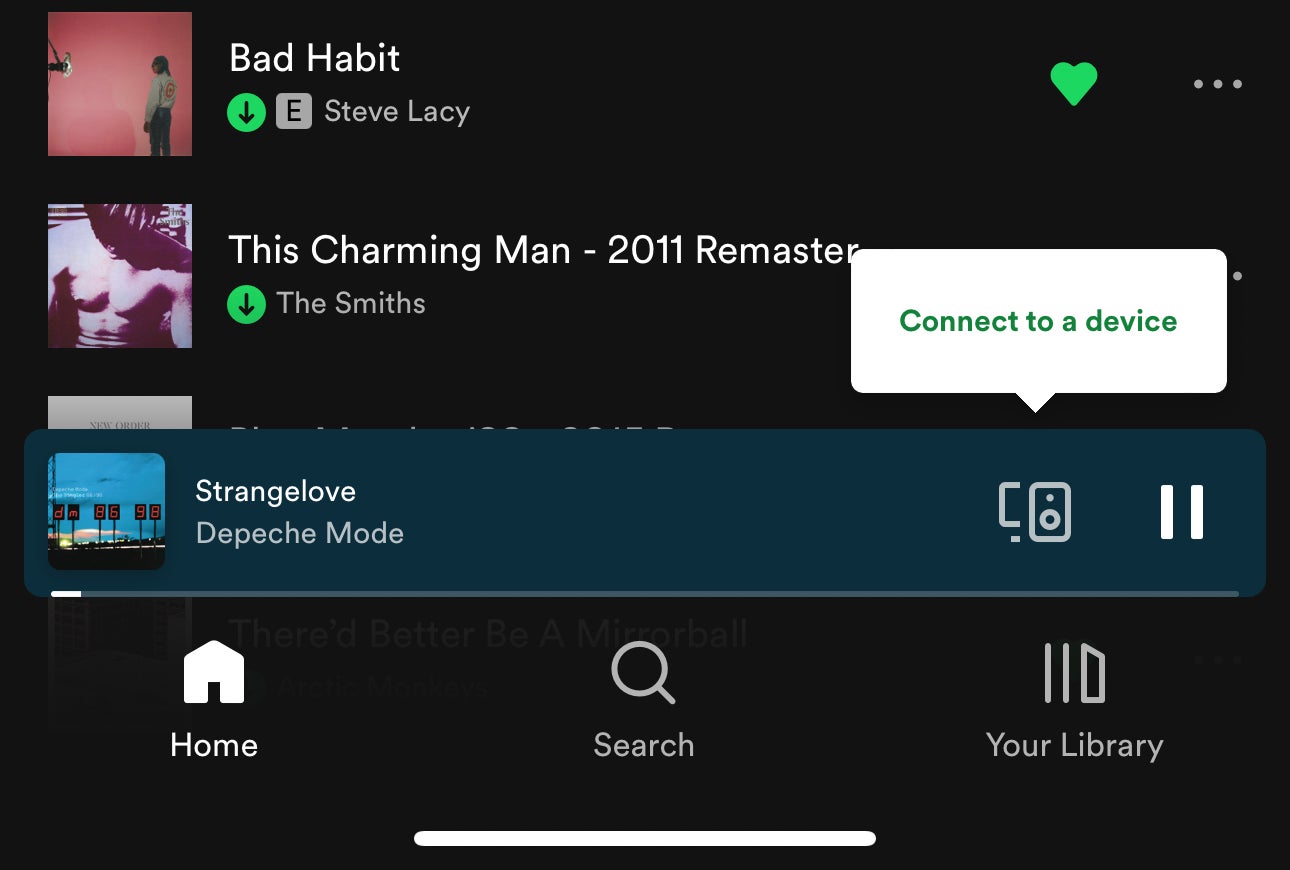While the world of popular music never fails to amaze and dazzle, the intricate balance between streaming activity and Billboard rankings is one of its most important dynamics. With modern methods of consuming music changing relentlessly, the streaming charts and Billboard rankings have naturally adapted, and together tell a story of music success today. In this article, we take a closer look at the interplay between streaming charts and Billboard rankings and how they influence one another.
1. Examining the Influence of Streaming Data on Billboard Rankings
Music industry trends move and change quickly, but one development has had a particularly profound impact: streaming data.
According to the RIAA, streaming music now accounts for more than 75% of the total recorded music industry revenue in the United States. Artists and record labels have had to learn how to leverage streaming data in order to compete for high placements on the Billboard charts, the most widely recognized source of rankings for music performance.
The influence of streaming data on the Billboard rankings is two-fold. First, Billboard creates and distributes its own chart data which relies heavily on streaming numbers. Secondly, streaming data provides real-time feedback that record labels, radio DJs, and other music professionals can use to make informed decisions in order to boost their artist’s rankings.
- The RIAA has reported that streaming music now accounts for over 75% of the total music industry revenue in the United States.
- Streaming data is used by Billboard to create and distribute chart data.
- Streaming data provides real-time feedback for music professionals to make decisions to boost their artist’s rankings.
Streaming data has revolutionized how the Billboard invokes music on charts. No longer is performance and popularity based solely on radio spins or CD sales; now artists and record labels have to work to drive streaming numbers in order to reach the top of the Billboard chart. Therefore, artists and labels need to find innovative ways to engage their fan bases in order to promote streams and gather meaningful metrics.
2. Understanding the Impact of Chart Position on Music Industry Performance
Chart position is a key indicator of a song’s total commercial success in the music industry. Many elements, such as the number of streams and radio airplay, factor in to determine the chart position of a song. Understanding the implications of chart position is essential for recording artists, music producers, and record labels to measure the success of a song.
- Sales Performance
Chart position has a direct correlation on a song’s sales performance. Songs which remain within the top 10 highest ranking are likely to generate higher streaming and download numbers due to increased visibility it receives. Additionally, the more popular a song is, the more frequently it will be major radio airplay. This, in turn, can bolster a song’s chart position prospects.
- Artist’s Prominence
Chart position also plays an important role in determining an artist’s overall prominence in the music industry. A song’s high chart ranking can potentially bring more people to the artist’s forthcoming live events, as well as curate more music-related opportunities. It is not uncommon for major music labels to sign on new artists based on the success of their chart performance.

3. Strategies to Optimize Performance on Streaming Charts and Billboard Rankings
The success of an album rests heavily on its performance on streaming charts and Billboard rankings. Getting your music onto the top of the charts can be a challenge, but there are a few strategies that can help optimize performance on streaming charts and garner a higher rating. Here are a few top tips for boosting music releases:
- Optimize Your Image: Create a strong visual identity that is easy for potential fans to recognize and remember. Having a strong visual identity that stands out from the crowd can go a long way in securing a greater following.
- Tailor Your Genre: Know who your target audience is and tailor your music to suit their tastes. This will help in reaching the right people and in increasing engagement.
- Network with Influencers: Work with influencers in the music industry. Not only do these influencers help build a relationship with the target audience, but collaborating with an artist with a large fan base can do wonders in terms of visibility and trending on streaming charts.
- Secure Local Support: Establish relationships with local stations and radio networks. Not only does this increase visibility and exposure, but they can also help to increase baseline rental pools for paid placements on streaming charts.
Making sure music is promoted through social media is also essential in boosting ratings. Utilizing paid online advertising and making use of certain music-promotion platforms can also help in gaining more visibility. Cross-promotion opportunities should also be explored, as collaborating with other artists can help to grow one’s fan base. Finally, providing incentives to fans such as exclusive live sessions, merchandise and other fun activities can be an effective way to increase engagement and performance.

4. Future of Music Streaming Services and Billboard Rankings
Music Streaming Services
Streaming music services have drastically changed how people interact with music. The ease of searching and playing songs, curating your own playlists and connecting with friends to share your favorite music has had a profound impact on the music industry. Today, not only can people access their favorite music from anywhere, but they can also discover new artists and genres of music, without the geographical limitations of FM radio or the need to purchase physical copies of an album.
As streaming services become more popular, they are challenging the traditional music industry model of album sales and radio airplay. Even though streaming music is still relatively new, it can already be seen impacting the way that songs are ranked on the Billboard Top 100. For example, streaming data accounts for 65% of a song’s success on the chart, making it increasingly difficult for songs to make an impact without being streamed widely, and for those that do make the chart, streaming is a major factor in sustaining their position on the chart over time.
As streaming continues to become the go-to way to enjoy music, it will be interesting to see how the music industry adapts and continues to leverage streaming data to measure and rank the success of singles and albums. As technology continues to evolve, so does the ability to provide detailed streaming data, which may result in increasingly accurate rankings.
The Conclusion
As streaming’s grip on the modern music industry only grows, it is crucial to understand the musical dynamics that make up an artist’s Billboard success. By understanding the dynamics between the Billboard rankings and the streaming charts, we can better appreciate how our musical preferences make their way through the wider world. From our favorite Spotify playlists to our local radio stations, this interplay helps to define the overall shape and sound of modern music.

